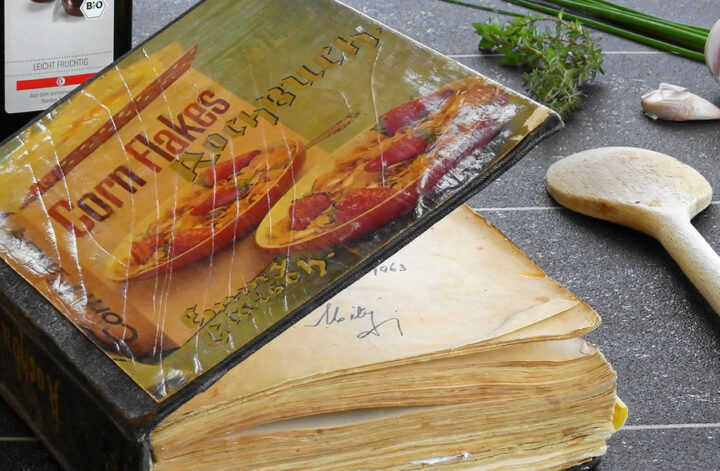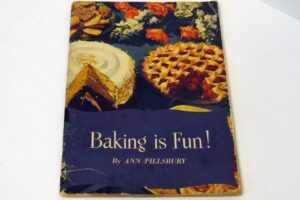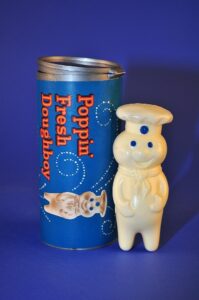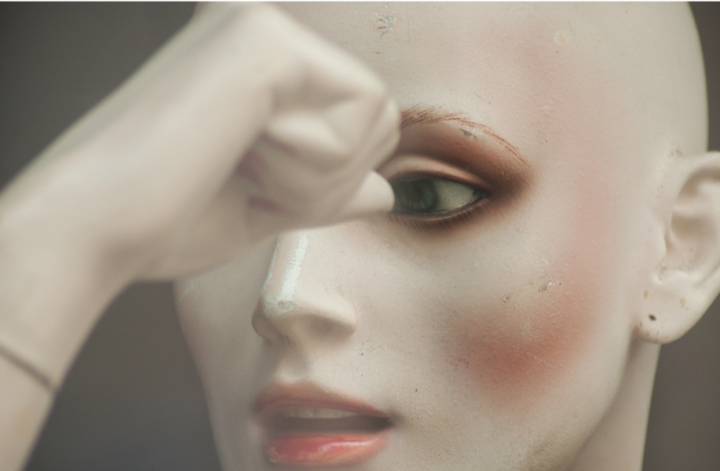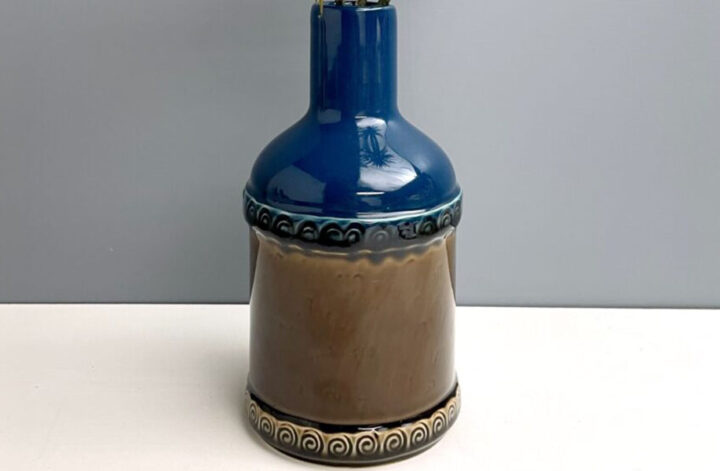Who is your go to for reliable cooking information? Is it a real person or one of the famous fictional cooks?
Influencers have always flavored our cooking behavior. Cooking a meal is too time consuming and too expensive to trust recipes from sources without a track record. Before sites like Epicurious with its real time recipe reviews and user notes, we relied heavily on prominent chefs, cooks and publications. That’s why TV chefs like Julia Child and Galloping Gourmet Graham Kerr and Martha Stewart and print chefs like James Beard or Molly Katzen or Irma Rombauer and magazines like Good Housekeeping and Bon Appetit had and have loyal followings.
This ability to influence cooking behavior did not go unnoticed by food manufacturers. Commercial food makers needed their own reliable influencers. They had their own teams of home economists and test kitchens. But having a flock of spokespeople is hardly the key to building brand identity. They needed someone who could be the face of their brands, who could be their very own celebrity cook. They needed someone with poise and polish and brains and scientific cooking skills. But where to find someone with that combination who was not already making a mark on their own…oh the challenge. Many companies found unreal solutions, including these fictional cooks.
Betty Crocker
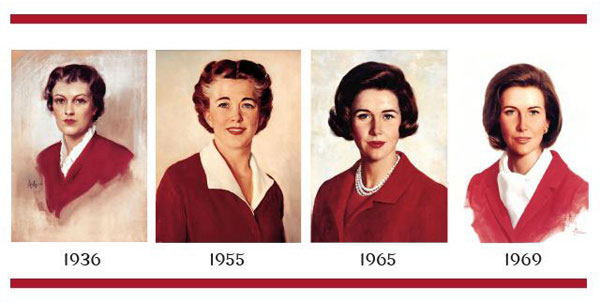
General Mill’s Betty Crocker is perhaps the best known food influencer among the pantheon of fictional cooks. She came to life in 1921 as a friendly voice to answer consumer product queries. She was portrayed by a few voices in the early days of radio as well as a few actors in the early days of television. Her portrait has gone through seven updates (1936, 1955, 1965, 1969, 1972, 1980, 1986, 1990). And she has sold a staggering 75,000,000 cookbooks since the first Betty Crocker Cookbook rolled off the printing press in 1950. It seems somewhat ironic that a person who is entirely imaginary is also entirely indispensable in so many kitchens.
Aunt Jemima
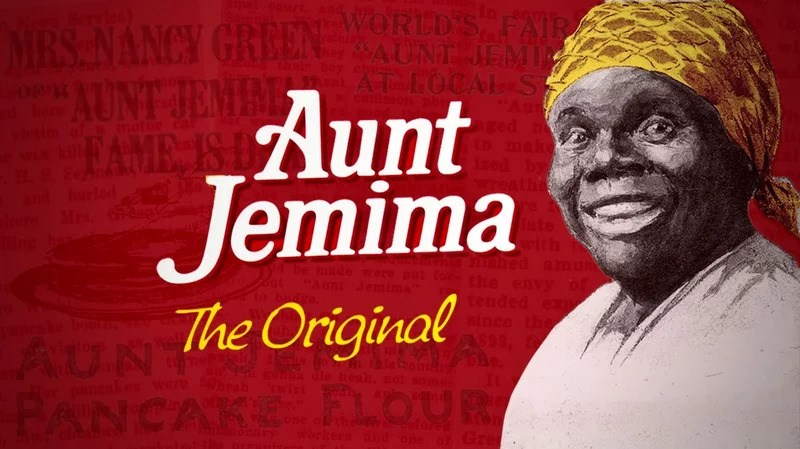 .
.
Quaker Oats’ Aunt Jemima traces back to the 1890s, a fictional persona sculpted out of minstrel show songs and archetypes. She was portrayed over the years by very real women who created quite a sensation with their charismatic and engaging appearances on TV and at events like the World’s Fairs. The original real woman to portray the fake Aunt Jemima, Nancy Green, was born into slavery. She is said to have contributed greatly to the recipe for the original pancake mix. In 2014, descendants of Nancy Green and Anna Harrington who portrayed Aunt Jemima subsequently, filed a federal lawsuit against Quaker Oats seeking $2 billion in reparations. (The lawsuit was dismissed in 2015.) And although the character’s portrait has been revised several times since the original, the history of Aunt Jemima remains a historical reminder of the Jim Crow days.
Martha Logan
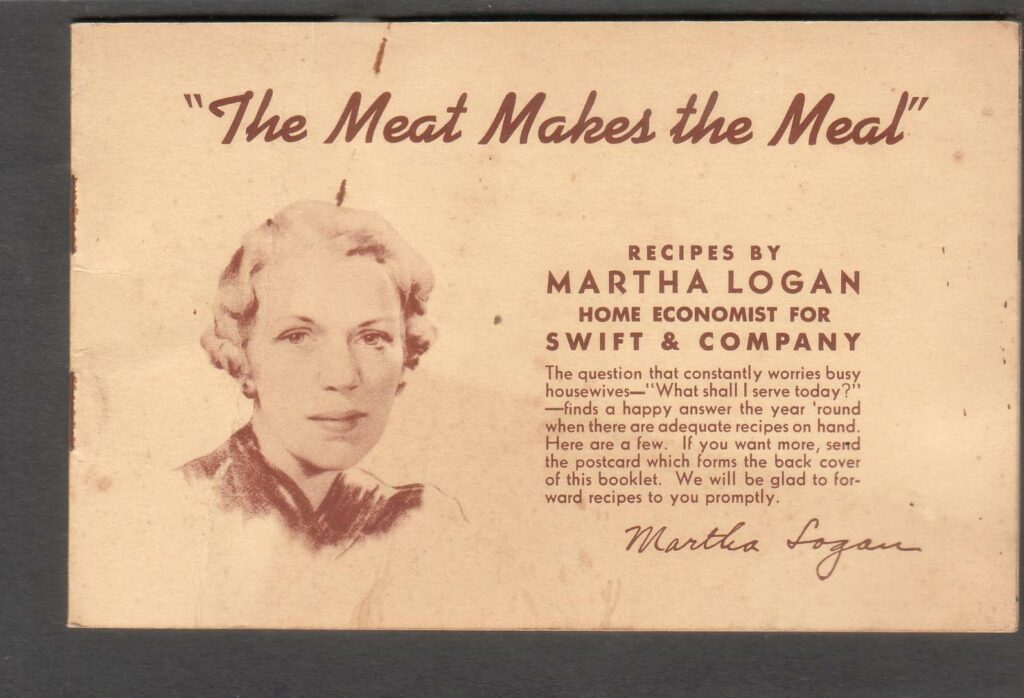
Swift and Co.’s Martha Logan appeared first in the early 1930s. Like other food producers, Swift had a team of home economists applying science to cookery; these women became a flock of fictional cooks called “Martha Logans.” But unlike other food producers, Swift gave attribution for cookbooks to the real authors, in particular the founding Marthas, Beth Bailey McLean and her protege Thora Hegstad Campbell.
Ann Pillsbury
Pillsbury’s Ann Pillsbury made the scene in the 1940s. Although the Pillsbury Company was owned by an actual family of Pillsburys that made appearances at events like the Bake-Off, Ann Pillsbury was created to be the face of the many home economists in the test kitchen. Despite Pillsbury’s best efforts, getting Ann’s name out there in ads and on books and leaflets in the 1940s and 1950s, she never gained the traction of her arch nemesis Betty Crocker or any of the other fictional cooks. (Pillsbury ultimately found a fierce warrior who could take on the Betty industrial complex, and that someone was Poppin’ Fresh the Pillsbury Doughboy, who giggled his first in 1965.)
Looking for more? Need to dive deeper into the world of fictional food spokesmen? We heartily encourage you to plunge into Kirsten Hardy’s thesis: Fictitious People as Food Brand Icons: Their Role and Visual Representation in Contemporary International Food Packaging.

